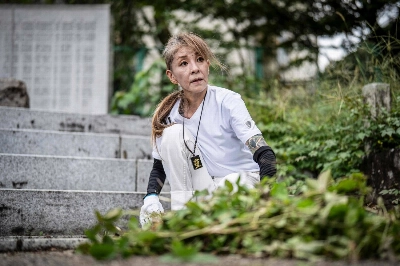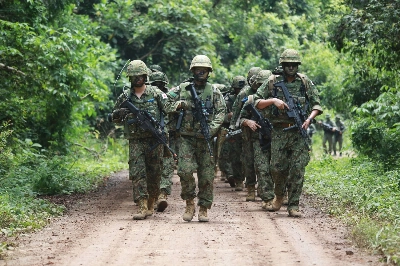MADRAS -- Hunger still stalks India. Fifty-five years after the British gave the country its freedom, 200 million Indians -- a fifth of the population -- still go to bed hungry. What makes this situation even more tragic is the fact that the government plans to export million tons of rice and wheat.
At a time when India's granaries are literally overflowing (with rodents feasting in some) and the government making grand announcements of surpluses being readied for export, newspapers scream of deaths from starvation in the country's northern states of Rajasthan and Madhya Pradesh and in the eastern state of Orissa. Many children have died over the past three weeks because their families had no money to feed them.
Dying for want of food has long been a sad part of India's history. Toward the end of British rule in the late 1930s and early 1940s, famines killed thousands of men, women and children. Admittedly, the picture is no longer so bleak, but hunger and starvation are still painful realities in India. Unfortunately, the government glosses over the truth by referring to starvation as "malnutrition."
















With your current subscription plan you can comment on stories. However, before writing your first comment, please create a display name in the Profile section of your subscriber account page.